I am a clothes horse; you could even say it’s like a game of Buckaroo.
I love layering. I mean, why wouldn’t I? It means I can wear as many clothes as possible.
New England campuses were prone to the cold snap of the East Coast, and this is where a lot of the fun began. Tweed, cord, and wool were all part of the same rotation. This ethos of mixing and matching with seemingly no thought at all paved the way for proving that these fabrics weren’t only style essentials but necessities.
“Layering is about putting pieces together and not overthinking it. It’s meant to look effortless.” – Michael Bastian, Brooks Brothers, GANT, Eponymous.
The beauty of layering lies in the art. You can keep rotating around key pieces whilst maintaining a fresh look each day.
Take a Shaggy Dog, for instance. Now, I know I mentioned these in last week’s post, but if you invest in one of these and rotate the shirts underneath, you’ll find endless possibilities. Use the shirts as accents to add a pop of colour if desired, and let the sweater do what it does best.
A key item that’s often overlooked, myself included, is the vest/gilet. Bear with me, though—I’m quite particular about what I mean here. Obviously, everyone has their own preferences, but for me, it’s a very fine line between what I do and don’t like.
This probably comes from being picky about clothing altogether, as well as worrying about my own image. Some vests can look too conservative, some too streetwear, and some can make you look a bit too much like a farmer. What can I say? I’m picky.
What was that quote earlier about not overthinking?
The brand Fera, which is new to me, offers quite a few that I have to say I like the look of.
Again, these pair really well over Shaggy Dogs, or you can wear them with a shirt, or even a sweatshirt.
Gilets or vests are often made of fleece and canvas and typically feature a zip.
Canvas vests were originally developed for farmers and workers as an extra protective layer and for warmth.
Fleece vests have a more recent history than canvas work vests, emerging primarily in the late 20th century due to advancements in synthetic fabrics and outdoor performance wear. Unlike canvas, which was designed for heavy labour, fleece vests were developed with lightweight warmth and comfort in mind, particularly for outdoor activities like hiking, skiing, and casual wear.
When it comes to gilets and vests, there’s one outerwear brand that deserves a mention—Rocky Mountain Featherbed. This brand originated in the 1960s in Jackson Hole, Wyoming, and is best known for its distinctive down vests featuring a signature leather yoke. Rocky Mountain Featherbed was named to reflect its rugged purpose, designed to withstand the wild climates of the Rocky Mountains. The brand specifically catered to cowboys, ranchers, and outdoor enthusiasts who needed durable, weather-resistant clothing capable of standing up to the elements.
As a true Americana brand and an iconic piece of American menswear, it’s no surprise that Rocky Mountain has become synonymous with the rugged Ivy look.
Here, photographer Jamie Ferguson is wearing the Featherbed over a cord suit by Drake’s. And he looks great—the Featherbed not only provides warmth but also offers enough manoeuvrability that he can wear a suit underneath and still take photographs comfortably.
Speaking of Drake’s, they showcase just how many layers you can wear under a Rocky Mountain Featherbed. Here, we can see a cord jacket, cardigan, and shirt.
This is my kind of layering. I tend to get quite bored wearing the same coat when it’s cold, particularly if I have to wear it every day. But this is a great alternative—I can rely on the Featherbed to keep me warm, and there’s enough room underneath to wear what I like.
Drake’s recently posted this and captioned it, ‘Transitional layering—the in-between time of year—with our wool raglan overcoat in grey Prince of Wales check, charcoal flannel tailoring, and signature two-pocket work shirt in cotton flannel.’
For me, this look is what layering is all about. It’s not just about keeping you warm; it’s about making the most of what’s in your wardrobe without needing to have items that can only be used per season. Why shouldn’t you be able to wear a shirt all year round? If you really like it, you can make it work—just adjust your layers accordingly.
Here’s a look I wore recently featuring a Le Labourer overshirt. This is a true piece of workwear; it’s heavy-duty and versatile. But best of all is the fit, as it was originally developed for workers to wear over their uniforms or suits. It has enough room for you to do the same, which I really like.
Using this overshirt look, I recently found myself playing around with items I had in my wardrobe, and I came across this short-sleeve knitted top I got years ago from Pop Boutique. I think it cost more than £10, but I’ve always loved it; it has a 1960s vibe. Anyway, when it comes to layering, I put it underneath a denim shirt, which is great for autumn, as it acts like a T-shirt but is thin enough that it doesn’t look like a jumper. I then put the overshirt on top for subtle layering that works really well.
I love the community of Ivy style on Instagram, particularly when I come across a look that makes me think, ‘God, I want to wear that!’ Here’s what I saw recently, and I was particularly drawn to it because of how impeccably the layering is done.
Blazers_and_buttondowns has put together a great look here, combining workwear and sportswear in the way that Ivy does so well.
Here’s my advice for layering: don’t be afraid to play around with your wardrobe and experiment with different combinations to get the most out of your clothing. Layering is not just a way to keep warm; it’s an opportunity to express your personal style and creativity. By incorporating key pieces like vests, overshirts, and timeless sweaters, you can seamlessly transition your outfits across seasons and occasions.
Thanks for reading,
Tom



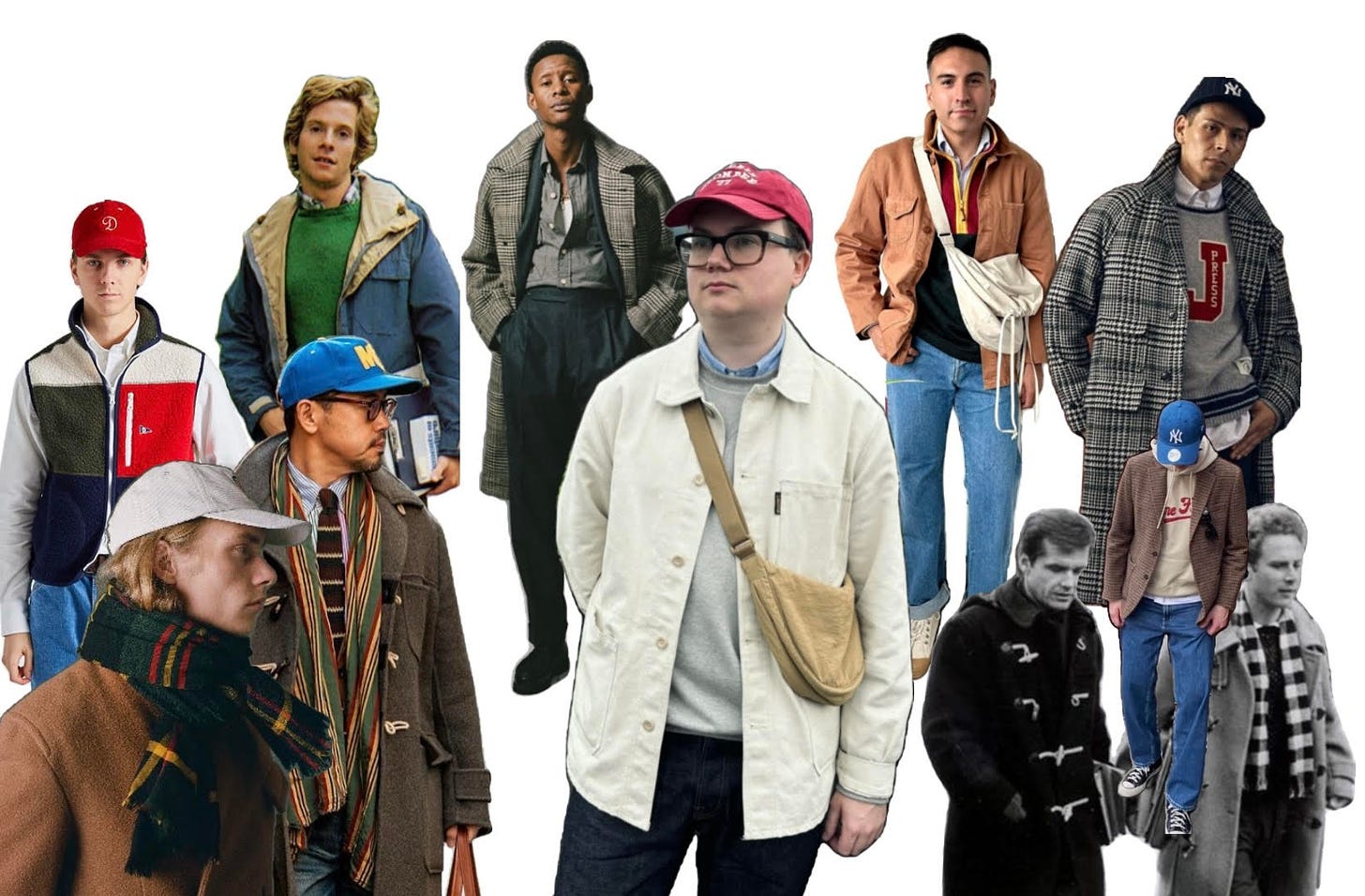

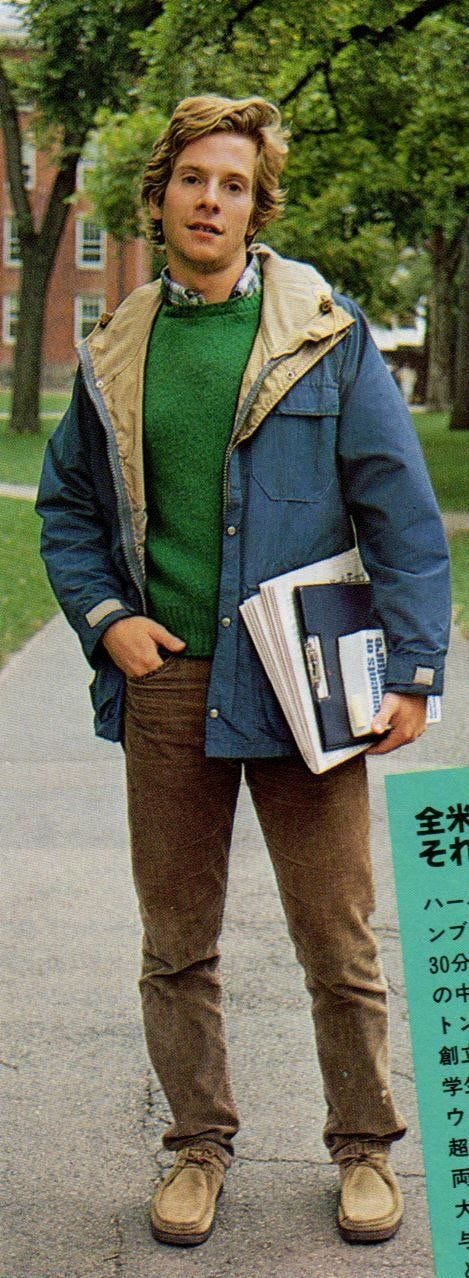
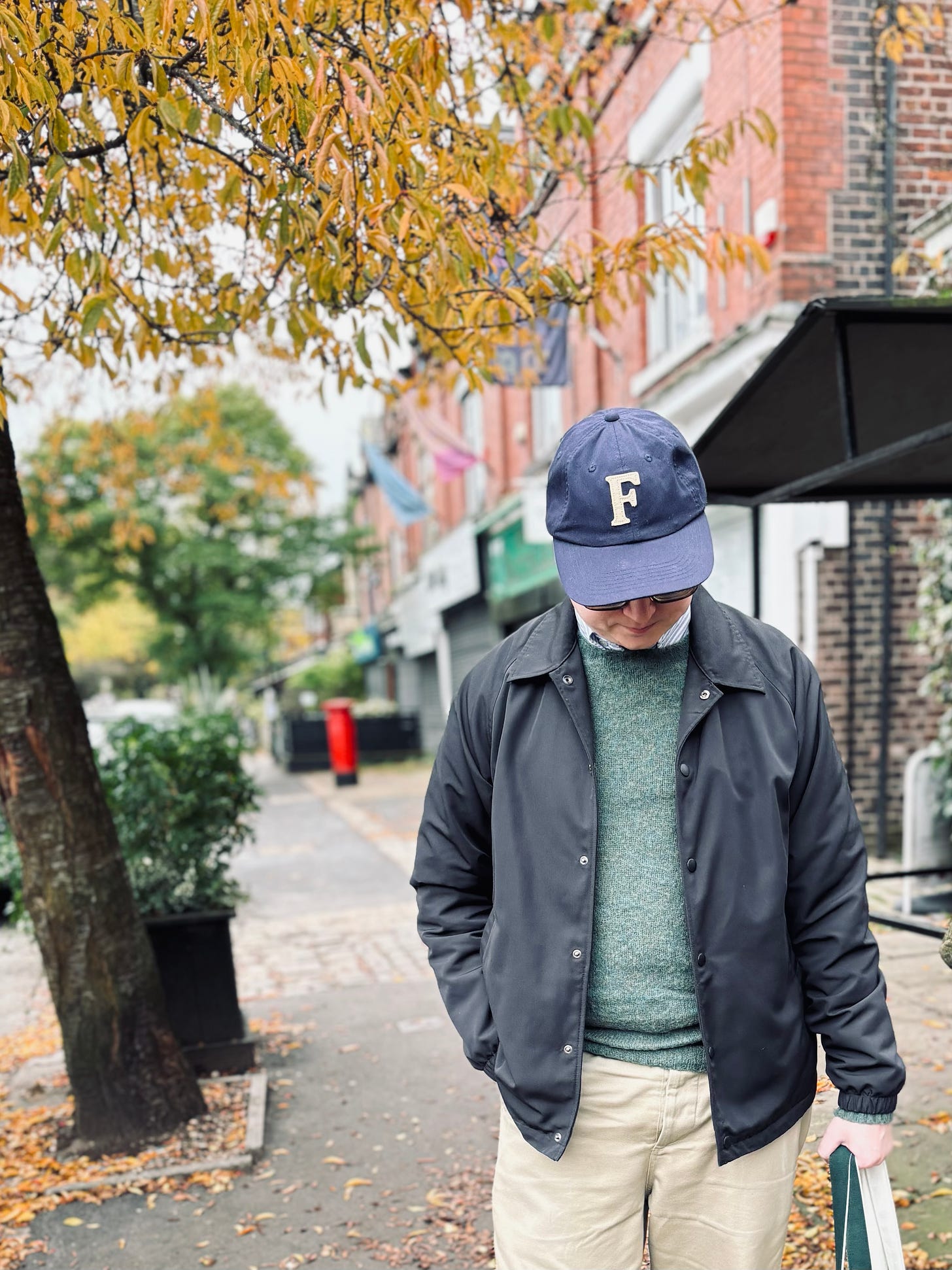
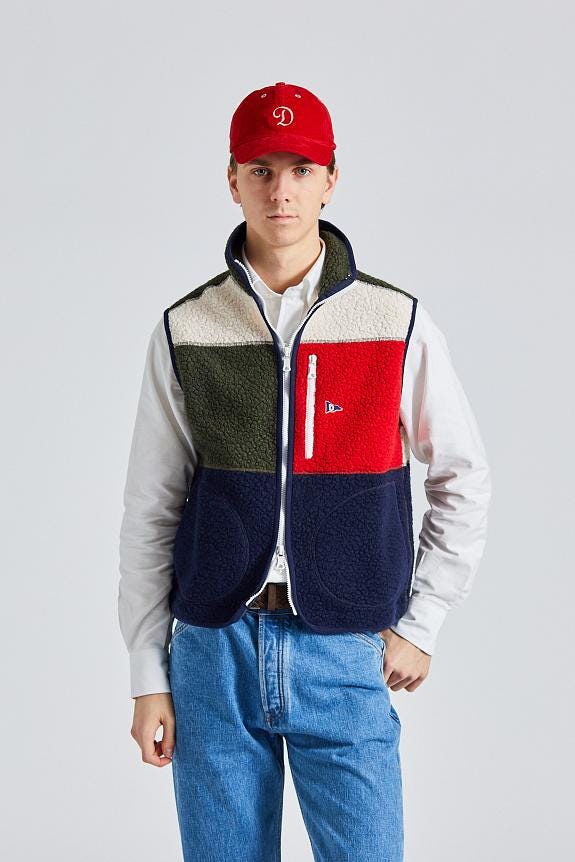
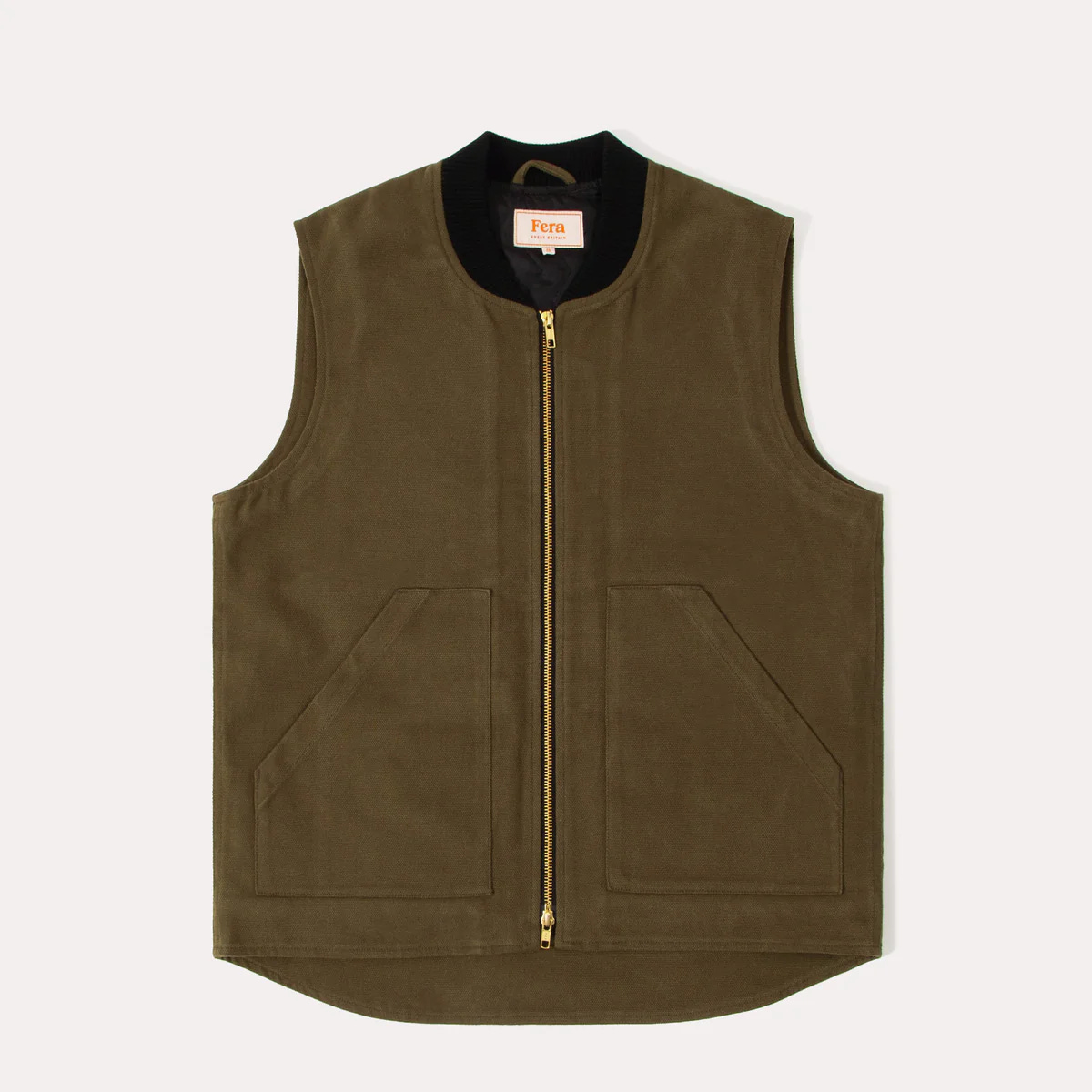
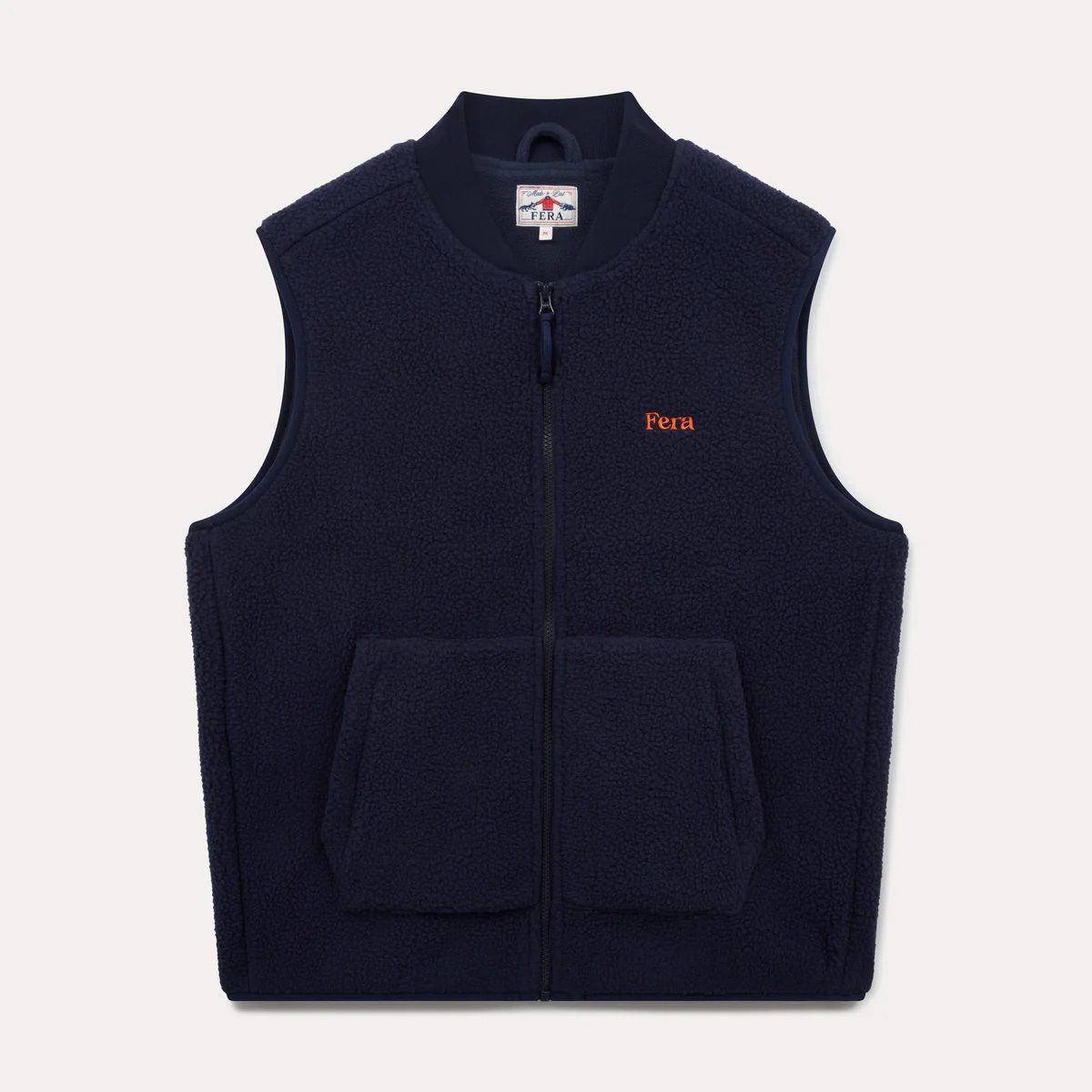

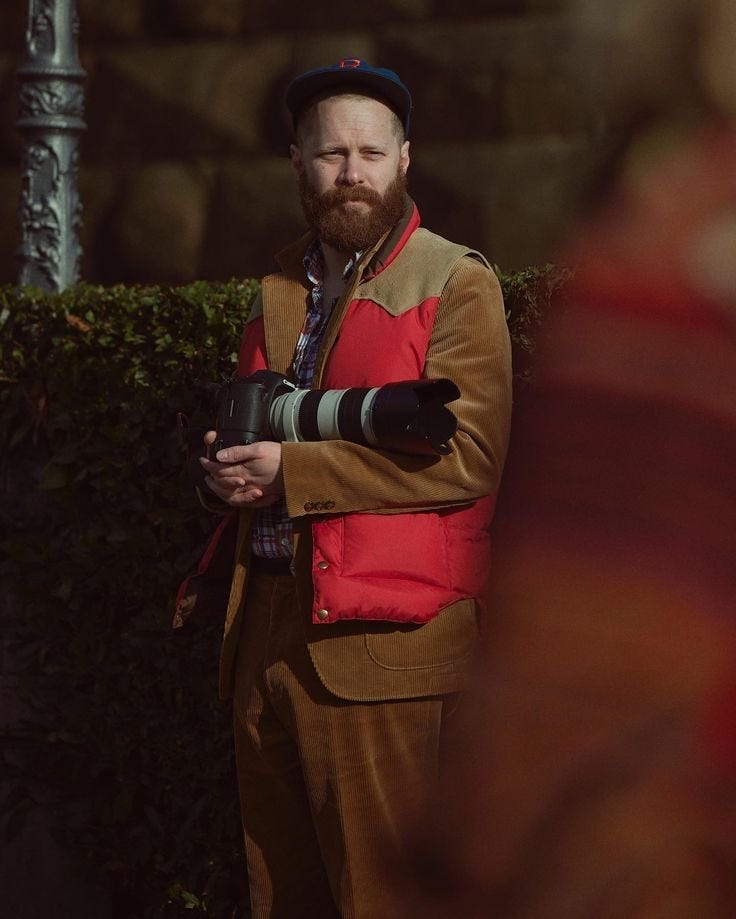
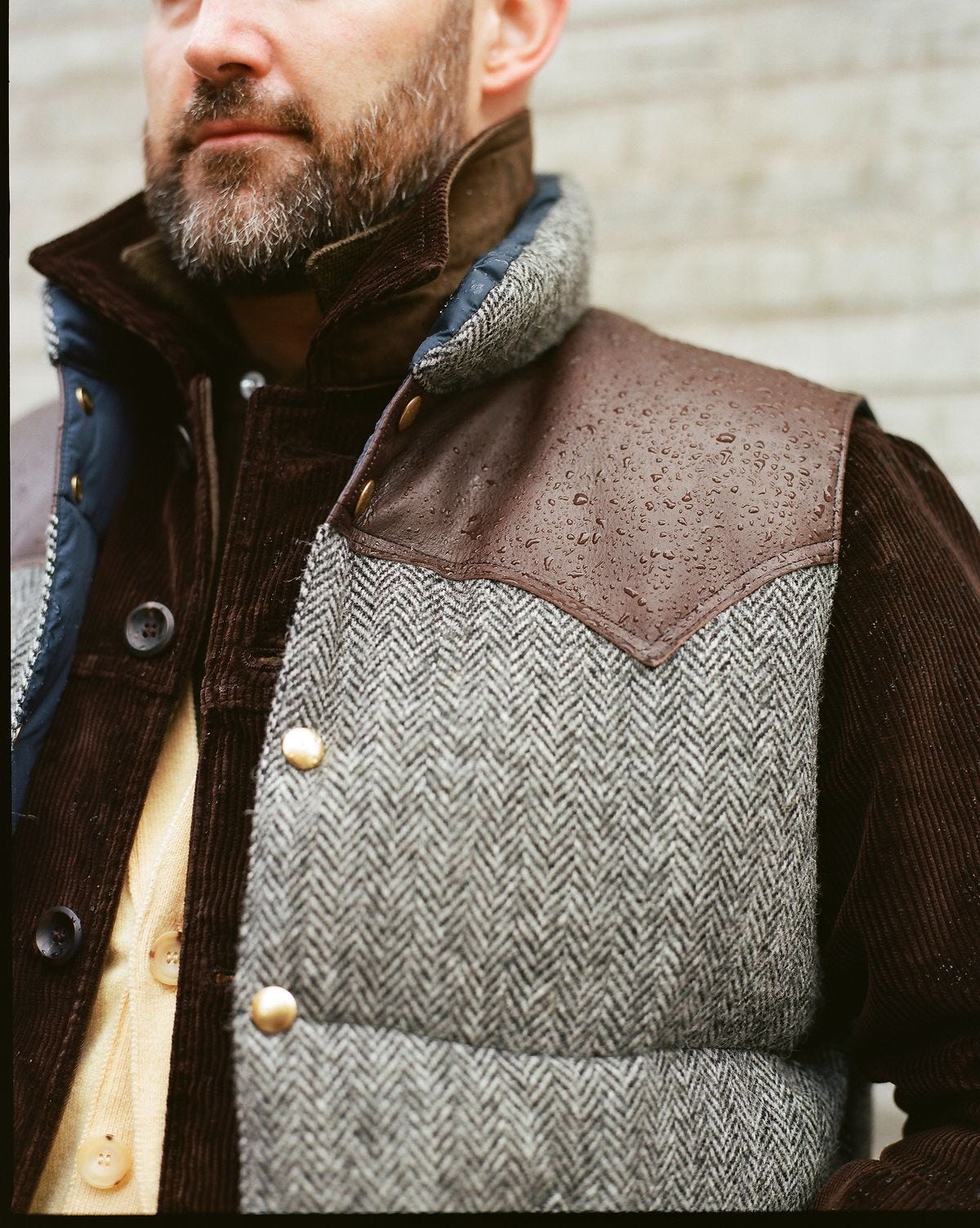
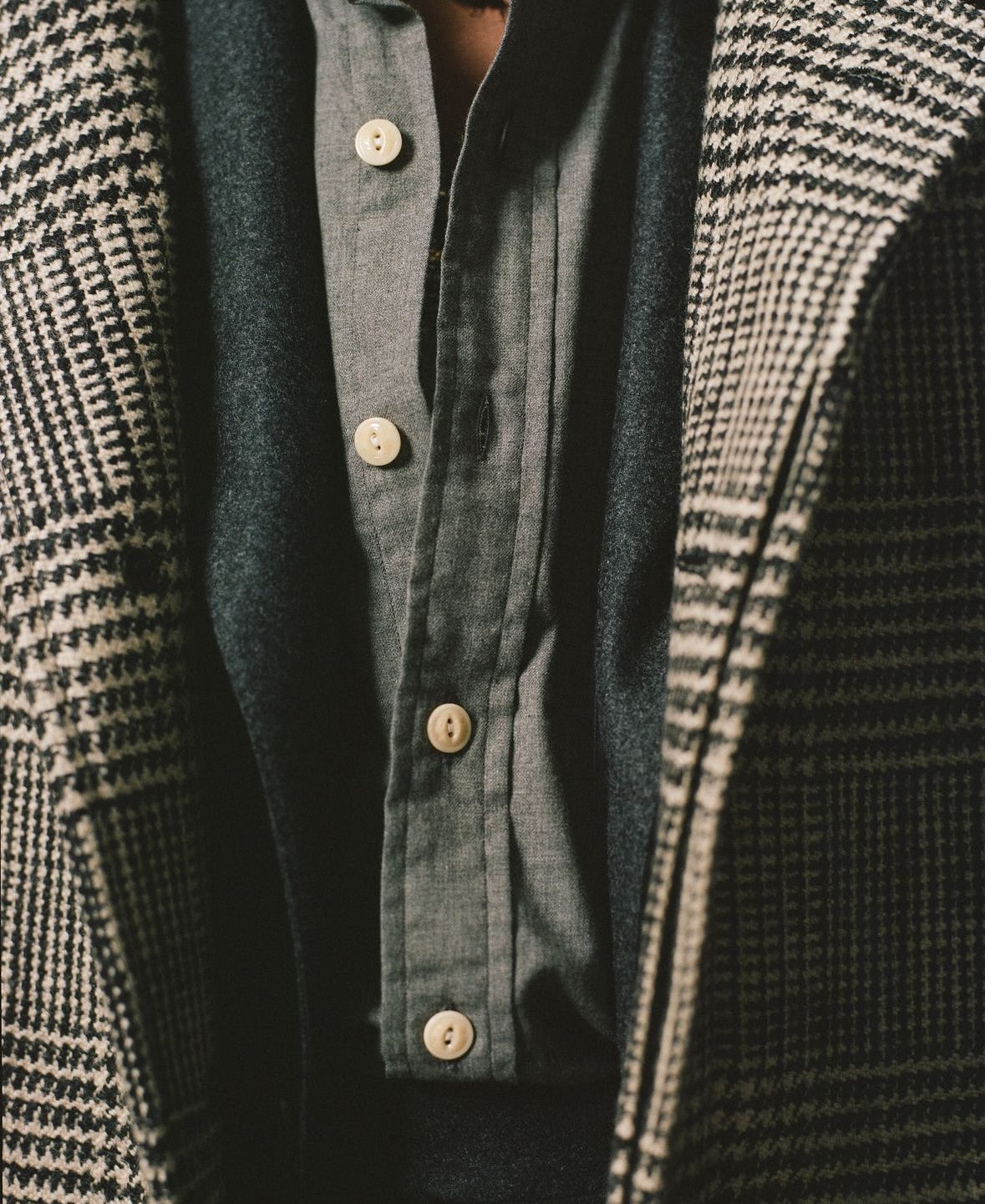
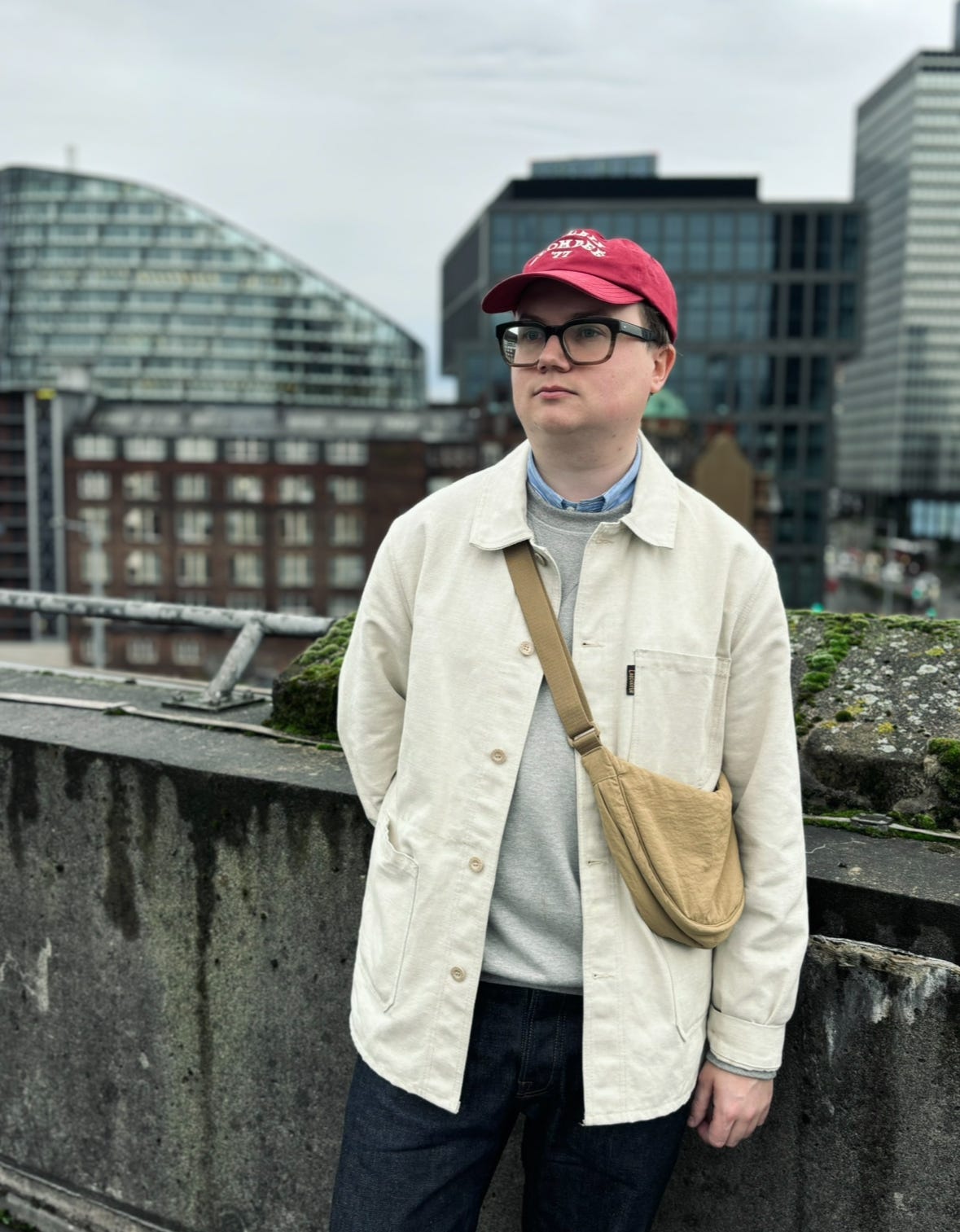
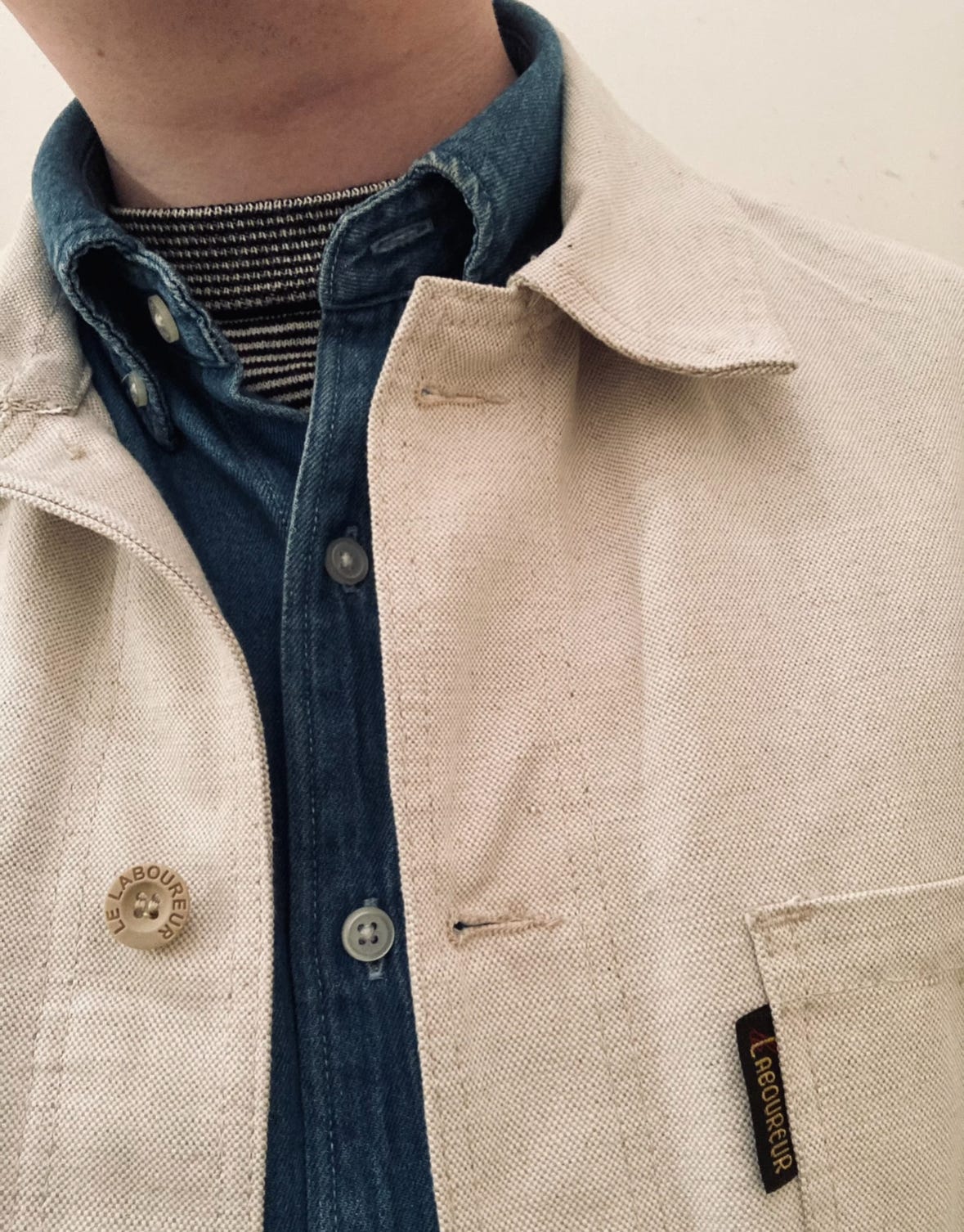
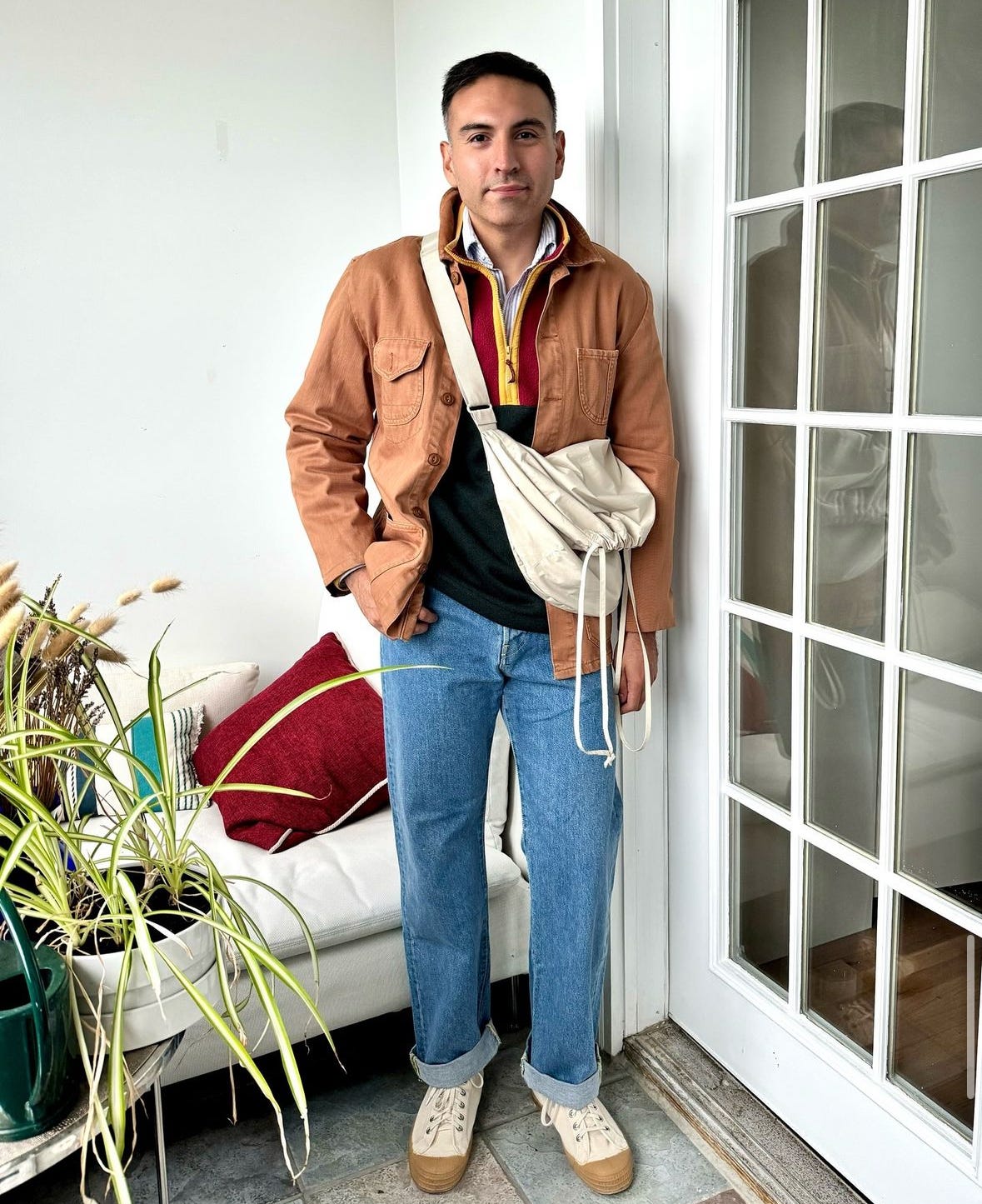
Love reading these on a Saturday morning 👍 re Rocky Mountain Featherbed I find they size quite small
Nice article, Tom.